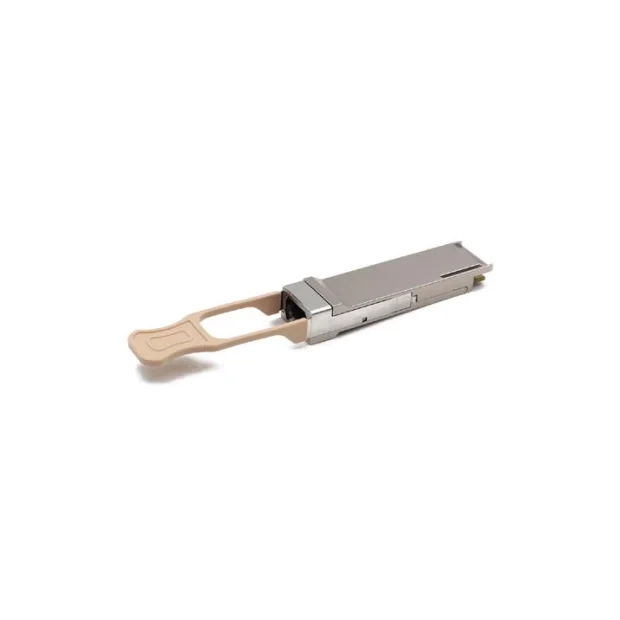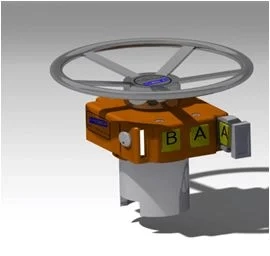The heat dissipation design of optical modules plays a vital role in optical communications and optoelectronic equipment. With the continuous development of optical communications and optoelectronic equipment, the power density and integration level of optical modules continue to increase, so heat dissipation design is crucial to ensure the performance and life of optical modules. This article will discuss the importance of thermal design, principles of thermal design, thermal materials, etc.

First, let's understand the principle of heat dissipation of optical modules. The optical module generates a large amount of heat during operation. If the heat cannot be dissipated in a timely and effective manner, the temperature of the optical module will be too high, thus affecting its performance and life. Therefore, the goal of heat dissipation design is to quickly conduct the heat generated by the optical module to the surrounding environment through reasonable heat dissipation structures and materials, and keep the temperature of the optical module within a reasonable range.
Secondly, the principles of heat dissipation design include the following points: First, fully consider the working environment and working conditions of the optical module, including temperature, humidity, airflow, and other factors; second, rationally select heat dissipation materials and heat dissipation structures to improve heat dissipation. efficiency; third, use effective heat dissipation methods, such as a combination of conductive heat dissipation, convection heat dissipation, and radiation heat dissipation; fourth, conduct comprehensive heat dissipation design and testing based on the actual use of optical modules.
Thermal dissipation materials play a vital role in the thermal dissipation design of optical modules. Common heat dissipation materials include aluminum, copper, ceramics, etc. These materials have good thermal conductivity and can effectively conduct heat away. When selecting heat dissipation materials, factors such as thermal conductivity, mechanical strength, and corrosion resistance need to be considered. In addition, the surface treatment of heat dissipation materials is also a point that needs attention in heat dissipation design. Surface treatment can improve the heat dissipation effect of heat dissipation materials.
The heat dissipation structure is another important aspect of the heat dissipation design of optical modules. A reasonable heat dissipation structure can improve heat dissipation efficiency and reduce the temperature of the optical module. Common heat dissipation structures include heat sinks, heat dissipation fins, heat dissipation pipes, etc. The heat sink and heat dissipation fins can increase the heat dissipation area and improve the heat dissipation effect; the heat dissipation pipe can quickly conduct heat to the heat sink, further improving the heat dissipation efficiency. In addition, auxiliary heat dissipation structures such as fans and air ducts can be used to increase the heat dissipation effect. In practical applications, customized heat dissipation designs can also be carried out based on the specific requirements of the optical module and combined with different heat dissipation methods.
In the future, with the continuous development of optical communications and optoelectronic equipment, heat dissipation technology will also usher in new development trends. On the one hand, as the power density of optical modules continues to increase, heat dissipation design will pay more attention to efficiency and compactness to meet the needs of equipment miniaturization and high integration. On the other hand, with the continuous emergence of new materials and new processes, heat dissipation materials and heat dissipation structures will become more diversified and personalized to adapt to the heat dissipation needs of different optical modules.
To sum up, the heat dissipation design of optical modules is an indispensable part of optical communications and optoelectronic equipment, and its importance is self-evident. Through reasonable heat dissipation design principles and methods, the heat dissipation efficiency of optical modules can be effectively improved and the stability and reliability of the equipment can be ensured. In the future, with the continuous advancement of technology, heat dissipation technology will continue to innovate, providing a more reliable guarantee for the development of optical communications and optoelectronic equipment.
How to choose a high-quality optical module manufacturer
Optical Module Installation and Maintenance Guide
The leader in optical module manufacturing: providing you with excellent solutions
Revealing the key factors affecting the transmission speed of optical modules
Performance indicators of optical modules: key parameter analysis and application discussion
Explore optical module transmission distance and rate
Explore different types of optical module interfaces
Optical modules: From origin to future, explore the development history of optoelectronic devices
Optical module: core composition and structural analysis of optical communication system
Optical modules application guide: 7 key considerations to ensure smooth communication
The relationship between optical module power and optical communication performance
Core components of optical modules and their role in optical communication systems
Transmission rate and transmission distance of optical modules
Analyze the importance of performance parameters of optical modules in optical communication systems
mia
coco.li@fineconn.cn


